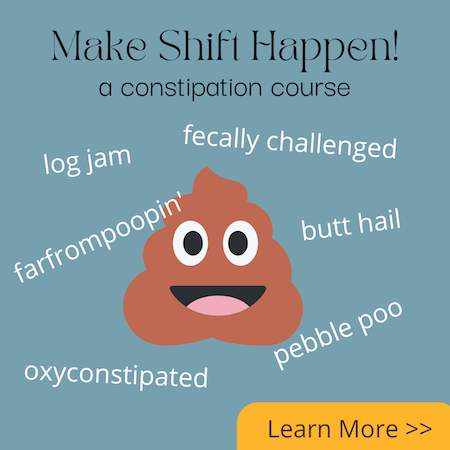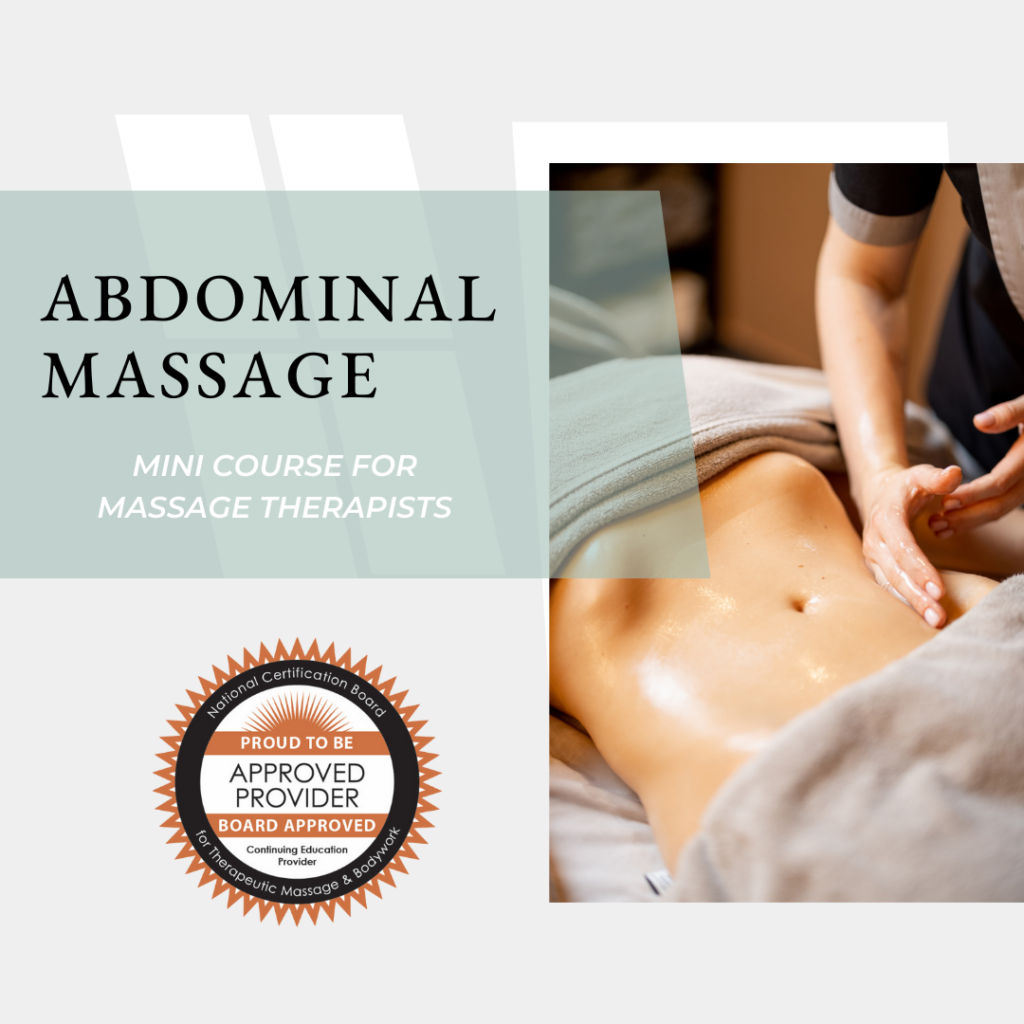Lateral hip strength is important for the pelvic floor, low back, and knee health as well as maintaining optimal bone density in the femur. The neck of the femur is one of the main areas of the body where fractures happen due to osteoporosis. When our bones are aligned correctly, it provides the most amount of squish to build and maintain bone density. According to the CDC in 2009 the total knee replacements in the US equaled 676,000 and total hip replacement equaled 327,000! Of the 676,000 knee replacements, 303,000 of those were from the ages of 45-64! And of the 327,000 hip replacements, 152,000 of those were from the ages of 45-64!
Disclaimer: The following exercise is for educational purposes only. If you’re going to do the pelvic list exercise you should be cleared by your doctor, especially if you have osteoporosis or a hip replacement. Every body has different needs and no one exercise stands on its own. The following is what I found helpful in learning the pelvic list.
Try this simple test to evaluate your femur position.
Pelvic List
- Make sure you start with proper foot alignment (and footwear), feet forward, outside edges of your feet straight, and your greater trochanter in line with your malleolus. Cool? (see image below). If you can’t do this without force, perhaps you should start with the calf stretch and transition slowly out of wearing positive heeled shoes.
- Fully extend knees, no bent knees but not locked. If you can’t do this, perhaps you should start with the calf stretch and hamstring stretch.
- Relax the knee caps down. (stop clenching the quadriceps).
- Don’t twist the pelvis (ASIS face forward like headlights on a car)
- Don’t use quadratus lumborum to hike the hip up. The action is coming from the lateral hip.
- Don’t use a cat for support.
- The gluteus medius, gluteus minimus, and Tensor Fascia Lata, TFL are the prime muscles of movement in this exercise. So, you should feel the burn at the lateral side on the hip and slightly posterior of the weight-bearing leg. The TFL helps stabilize the hip and knee joints by putting tension on the iliotibial band. The gluteus minimus and gluteus medius stabilize the hip. Weakness in these muscles results in a dysfunctional gait pattern where the pelvis shifts laterally instead of aligning over the standing leg.
- Push the standing foot into the ground to clear the other foot. Another way to think about it is to push the earth away from you.
- Try to work up to one minute on each side at least three times a day.
- Do these while standing at your standing workstation, at the crosswalk while waiting for the walk signal, doing dishes, standing in line at the grocery store, in line at a concert….

See Plumb Line in Red.








Thanks for going over what to avoid when walking up stairs. Makes a lot of sense when you add in the model pelvis and wooden spoon as visual aids. The CDC stats are mind-boggling – particularly at how young an age people are now seeking hip/knee surgeries.
Nicely done. I like it that the whole walking is cut down into single components. Is it possible to either see the part (tricky to do with a mirror in your back) or to name the part you refer to in your gluteus area when you are pointing to it? Is it ok to lean a bit with the upper body or is it better if the upper body stays straight? These short videos are excellent to share weith people new to REx and so they may not know what ASIS means.
Hi Mona, Sorry,I didn’t go into more detail. You should feel the burn in the glutes and tensor fasciae latae. The ASIS is the boney protuberance on the front of the pelvis. You may want to google an image of it. Basically, I was saying to have the pelvis face forward in a symmetrical frontal plane (no twisting). You don’t want to lean.
Seriously, I can only hear the jet flying over you and about 20% of what you are saying. I know it’s good stuff that you are sharing, from seeing your other videos, but consider a do-over with a mic so we can get the full benefit!
Sorry Yvonne, I can hear myself fine on my computer, but I will remake the video. Thanks for letting me know. That was the third time I shot it because neighbors and motorcycles ruined the other two tapes. I was hot an tired and running out of time.
Hi Yvonne, I re-shot the video just for you. 🙂 I value your feedback. Thank you.
Thanks for re-recording! I watched both versions 🙂
Hi,
I’m 7 months pregnant, and recently and suddenly I started having sacro-illiac pain while walking. I have been trying to get back into balance, in order to resume my daily walking habits, but with no success. I have in particular been trying the pelvic list, and also the monster walk. During both I feel an intense and very localized effort-pain, as opposed to a feeling that would stretch along the side of the leg, as I would expect. I now wonder: could it be that I have too short TFL, which prevents its proper development and usage? In this case, what exercises would you recommend for stretching it? Do you have any other suggestions of exercises that I could try? Thanks a lot for any tip!
Hi Ana,
I would first make sure your pelvis isn’t out in front of you. See http://www.alignedandwell.com/katysays/mind-your-pelvis/. Use a plumb line to check your alignment and make sure your quads are not locked on. https://alignmentmonkey.nurturance.net/2012/are-your-kneecaps-stuck-up Also, search Katy’s site for pregnancy alignment, you will find lots of info. I would recommend doing the “Down There, for Women” DVD, http://nurturance.net/content/bakery/down-there-for-women-dvd41.php. Make sure you are doing the posterior push off using your glutes to move you forward while walking. If you still have pain after applying those exercises, you can make a Skype appointment with me (if you don’t live in Portland) and I can check your alignment and give you further assistance. Hope this helps.
I’m sorry that you had to make this over so many times, but I’m grateful you did because I can now hear all of it!!! Thanks.
Where can I find shoes like yours?
They are Jambu barefoot shoes. I buy mine on planetshoes.com. I’ve also seen them at Macys.
Thank you this & your previous post have been lightbulb moments for me I follow Katy’s blog religiously but I have failed to realise I have been rotating my pelvis and sticking my hips out! Is there anything I can do to strengthen lateral hip except the lift you describe and is there a stretch that will enable me to lengthen my stride?
Hi Fiona, Thanks for the comment. Yes, the monster walk will strengthen the lateral hips. Katy did a video on this, check her blog or youtube page. Calf stretch to lengthen your posterior stride length.
Thanks monster walk it is, at leat the kids will be entertained!
My calf stretch is pretty good I wondered if I should be stretching to get more length from the hip (have I got the wrong end of the stick entirely?!)
Oh, I see what you are saying, no you don’t have it wrong. Check out this link for a psoas stretch, http://www.alignedandwell.com/katysays/have-psoas-will-travel/. Don’t force anything the psoas doesn’t respond well to force. If you need more assistance in psoas release it would be better covered via an appointment that way I can look at your alignment and give you specific releases for what is going on with you. I do Skype if you are not in Portland, or taking Katy’s psoas class online would be helpful.
Oh thank you that makes so much sense that stretch always feels very good & needed (not sure that makes sense!).
Not in Portland I’m in Scotland 🙂 wondering if someone here will do the training before my kids are old enough for me to consider it!
Oh, Scotland! I’d love to visit Scotland someday, so lush and green.
The Whole Body Alignment course is so worth it. The online class allows you to work through it at your own pace.
Barbara this is a great video. Thanks for reshooting
Hi! I was wondering about cracking bones, is it bad for bones to crack? I crack my knuckles by bending them, my big toes by scrunching them, my other toes by pulling them, my neck by rolling my head and sometimes my back-inbetween my shoulder blades by sitting upright or even just by breathing…! Is this bad for them and/or indicating severe misalignment??
thankyou!
If you are feeling the need to crack your joints, my guess is that it is because you need to work on your alignment. When your muscles are shortened it will cause tension around the joints. As far as your question whether cracking the joints is bad for you? I think that is a question for your chiropractor.
Cute video! I linked here from Katy Says and will be back to peruse some more. I’m new to the alignment game and finding motivation to add restorative exercises to my daily grind is uber important right now. So thanks for posting, and for the guidelines – my cats thank you.
Excellent post. I find myself instructing the majority of my clients who come in with hip or knee pain on doing abduction exercises for lateral hip strength, especially the gluteus medius since I see many runners who have knee pain due to IT syndrome, and have weak lateral rotators. I like the video you included too!
I found your post comments while searching Google. It is very relevant information. Regularly I do not make posts on blogs, but I have to say that this posting really forced me to do so. Really awesome post. Really fantastic and I will be coming back for more information at your site and revisit it! Hip Specialists Thank you.
Hi Barbara, thanks for all this information. I want to start doing this exercise at my standing station but am wondering about one thing. For people like me who have lower back/sciatic pain do to uneven hips laterally, or torsion, should we favor one side when doing the exercises. My right ilium is twisted back and low, my left is twisted forward and is higher. Based on something I read somewhere else I’m wondering if I should be trying to increase my lateral hip strength (or maybe just glut strength??) on the left side to get those muscles to pull my left ilium backwards. Does that make sense?? Thanks, Vicki